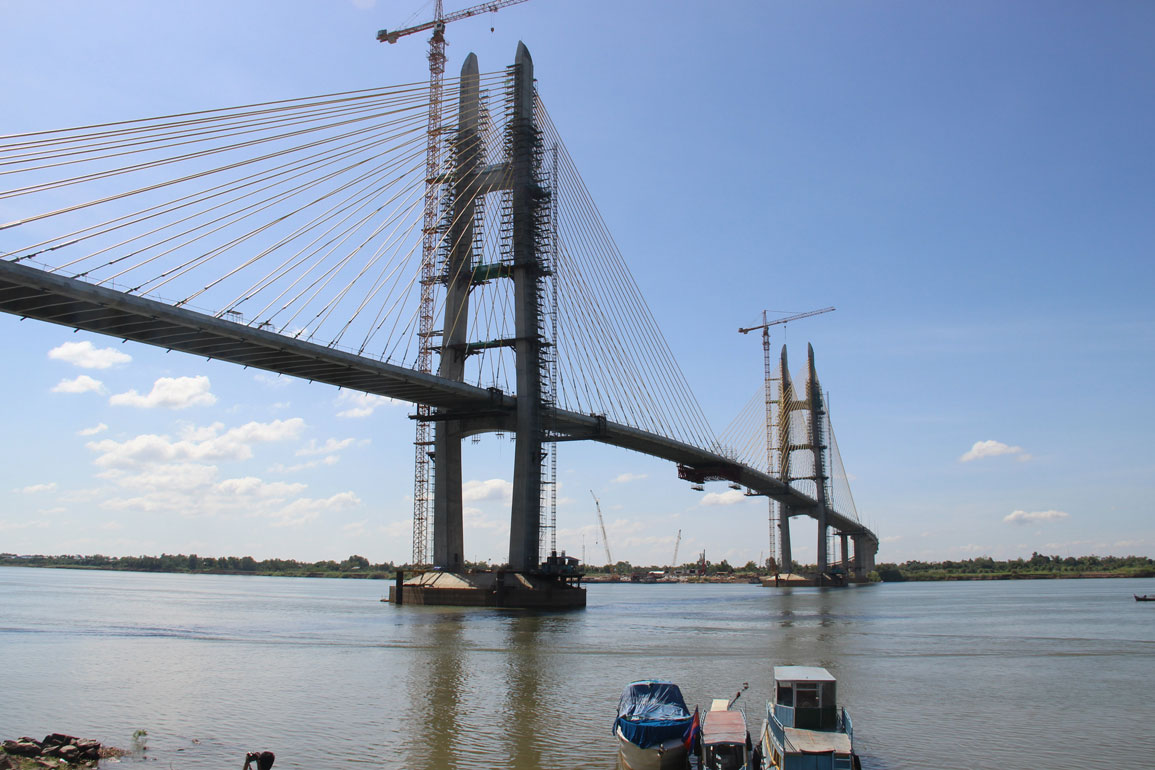Stung Treng Authorities To Reclaim 490 Hectares of Illegally Occupied Forest Land in Vern Sai-Siem Pang National Park
In a significant move to restore and protect natural resources, provincial authorities have announced the reclamation of nearly 490 hectares of illegally occupied forest land within the Vern Sai-Siem Pang National Park. This decision comes under Order No. 017/25 ដ.ក, which aims to reaffirm state ownership of the land that has been affected by logging, […]
Exciting Prospects for Cambodian Agricultural Exports
In a significant development for Cambodia’s agricultural sector, Angkor International Airport Investment (Cambodia) Co., Ltd. (AIAI) has expressed a strong interest in investing in the export of Cambodian agricultural products to China and other international markets. This announcement was made during a productive meeting on April 7, 2025, between HE Minister Dith Tina and Mr. […]
Cambodia Achieves Over USD 23 Million in Ticket Sales Within Four Months
Cambodia’s tourism sector is showing remarkable signs of recovery, with ticket sales to renowned attractions generating over USD 23 million from January to April 2025. The figure reached a remarkable USD 23,154,532, stemming from interest in iconic sites such as Angkor Wat, Koh Ker Temple, Beng Melayu Temple, Phnom Kbal Spean, and scenic boat rides. […]
Vietnam Sets Sights on Clean Energy and Agro-Industrial Investment in Cambodia
In a recent meeting on April 3, 2025, representatives from the Vietnam Rubber Industry Association expressed their ambition to enhance clean energy investments and explore the establishment of an agro-industrial zone in Cambodia. The discussions took place between His Excellency Chea Vuthy, Secretary-General of the Committee for Investment of Cambodia, and Mr. Truong Minh Trung, […]
Phnom Penh-Poipet Railway Upgrade Project Moves Forward with Major Feasibility Study
The Phnom Penh-Poipet Railway upgrade project is making significant strides, currently entering a crucial phase of its feasibility study. Spearheaded by the Ministry of Public Works and Transport (MPWT) in collaboration with private sector partners, including China Road and Bridge Corporation (CRBC) and Royal Railway, the initiative is being bolstered by a generous $300 million […]
Taiwanese Tech Giant ADATA Expresses Interest in Investing in Cambodia’s Technology Sector
In a significant development for Cambodia’s tech landscape, ADATA Technology Co., Ltd., a leading Taiwanese technology company, has officially expressed its interest in investing in the country’s advanced technology sector. This announcement came during a meeting between Cambodian Prime Minister Hun Manet and ADATA Chairman CHEN Simon held on April 30, 2025. During their discussion, […]



 ខ្មែរ
ខ្មែរ







